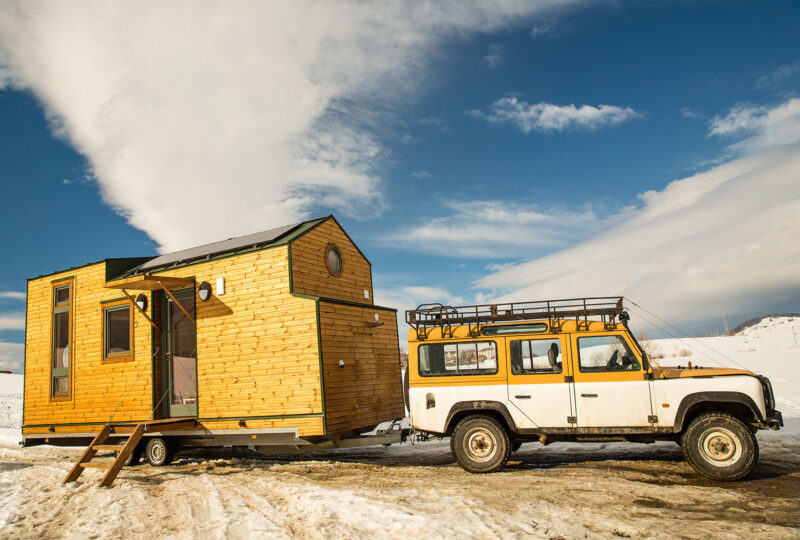As an affordable, portable and relatively easy-to-maintain housing option, tiny homes are quickly gaining popularity for their ecological value and their potential to ease a nationwide affordable-housing shortage.
And it turns out that adults 50 and older are the largest demographic among tiny-home owners—which makes sense if the kids have moved out and all that space is no longer necessary.
While some tiny-home owners like to live off the grid – using solar panels for electricity, propane for heating and cooking, and composting toilets – others would rather not go too far off the beaten path and opt for tiny-home communities instead.
A tiny home community is a little like an RV park but instead for tiny homes—small houses generally defined as less than 400 square feet. Tiny home communities might not specifically target older adults, but more people heading into retirement age are choosing to live tiny. The communities provide valuable amenities nearby, as well as close neighbors to provide a sense of security.
Where can I park a tiny home?
Tiny home communities are located throughout the United States. So, which one might be right for you? It depends on your priorities. Here’s a short list of potential communities that welcome tiny-home owners:
Hermosa Orchards Village – Durango, Colorado
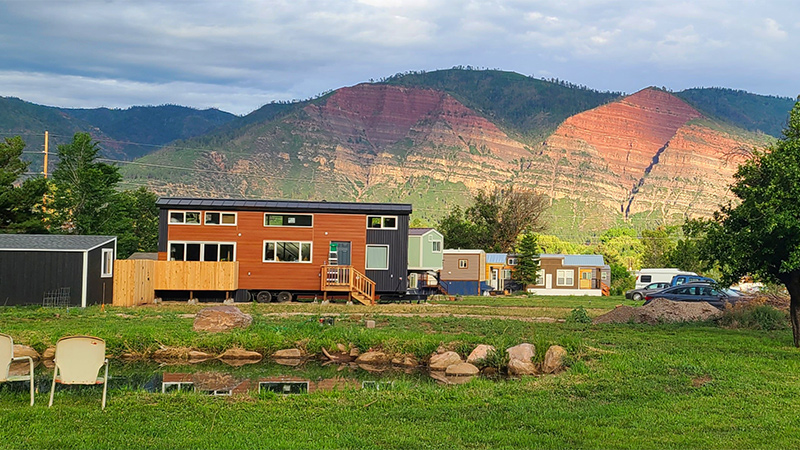
An outdoor enthusiast might enjoy parking their tiny home at Hermosa Orchards Village near Durango. Space rental includes grounds maintenance and snow removal, as well as access to an orchard on the community’s seven acres. Homes can hook up to sewer, water, electric and internet service. And it’s close to Mesa Verde National Park and plenty of skiing opportunities.
Spur, Texas
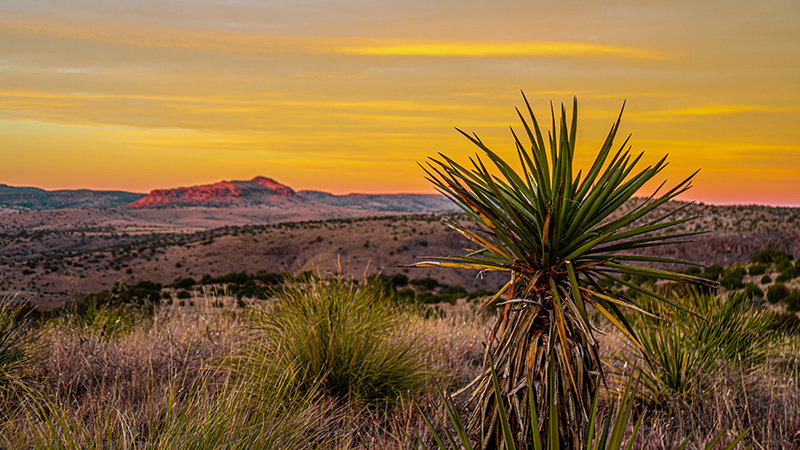
For a budget-conscious individual looking for a long-term location, the West Texas city of Spur adjusted its zoning regulations to allow tiny homes within the city. It has proclaimed itself the nation’s first tiny-house-friendly town. The cost of living is low, making it an affordable option for a tiny-house owner on a limited income. The homeowner does have to purchase a lot and arrange for all the utilities themselves, so it’s more of a commitment than other tiny-home communities.
Orlando Lakefront
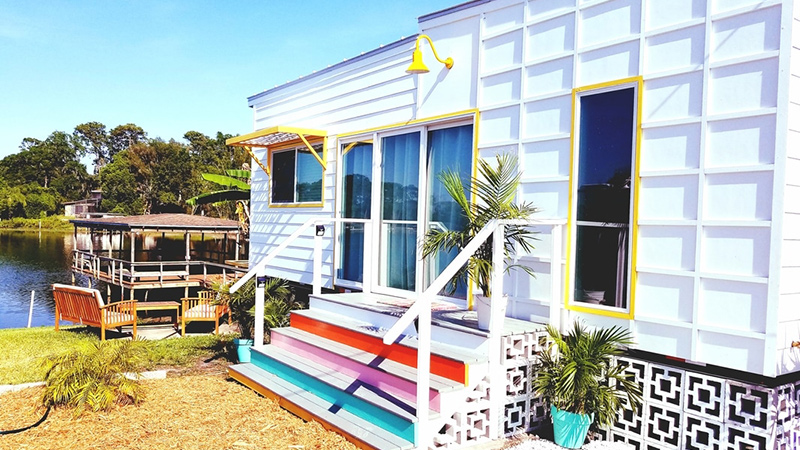
For those attracted to a tropical climate (and theme parks), Orlando Lakefront in Orlando, Florida, is a 1950s RV park transitioning into a tiny-home community. It offers utility hookups, fishing opportunities, laundry facilities and a community garden.
The Sanctuary Minnesota – Ogilvie, Minnesota

One option in the heartland is The Sanctuary in Ogilvie, Minnesota, north of Minneapolis. The adults-only tiny-house community offers 80 acres of woods and trails. Leases are available for a minimum of six months, and there are some pet restrictions. More rustic than other communities with only electricity hookups available, residents use water catchment systems and composting toilets. However, full bathrooms and laundry facilities can be accessed in a common building.
Detroit, Michigan
Low-income residents in Michigan can rent – and eventually own – their own tiny home in Detroit through a program run by Cass Community Social Services. The nonprofit is building 25 tiny homes of varying size, each with its own lot and built on a foundation. Verified low-income applicants can rent a home at a low cost and after seven years can own it.
Tiny Tranquility – Waldport, Oregon
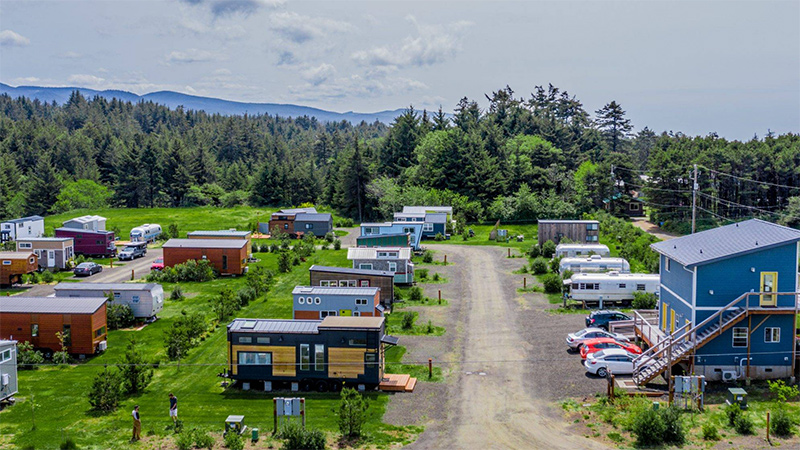
In the Pacific Northwest, a tiny-home community called Tiny Tranquility provides beach access, trails, a dog park, barbecue area, fitness room, community gardens and common buildings for activities that require a little more space.
Many tiny home communities also have units available for a short-term rental, which is a great opportunity to try it out without making a big commitment.
What about all my stuff?
One aspect of tiny-home life that could be the most challenging is downsizing. We tend to like our stuff, and getting rid of it can hurt. Before moving forward with tiny-home dreams, look around at all your possessions and think about what, if any, you could let go of without regret.
The Tiny Life offers tips on downsizing. It all starts with a simple but thorough decluttering, Ryan Mitchell writes:
“The decluttering process is the easiest way to kick-start your journey to minimalism. Doing this slowly and in a few sweeps seems to be the most efficient. … When you go through the decluttering process at a reasonable pace (for example, don’t do it all in one day or even in one month), the transition will be a bit easier.”
A minimalist lifestyle can save money, too, which is part of the appeal of tiny-home living.
Are tiny homes right for retirees?
As the tiny home market continues to grow, more planned communities will likely emerge. Research firm Technavio reports that affordability is a key factor driving the growth of tiny homes, and finances is an important consideration for many retirees.
“Tiny homes are just a fraction of the price of traditional homes and can be designed based on the customers’ requirements,” the report states. “These homes can be purchased at a comparatively lower price than conventional site-built homes.”
While tiny homes are an affordable option, they’re not always the best choice for older adults. They often have loft bedrooms, accessible by a ladder or steep staircase; and the tight floor plans can be challenging for those with mobility limitations.
Some tiny homes are designed with older adults in mind, however. Grab bars, nonslip flooring materials and single-level floor plans are among the available options. You can choose from existing floor plans, but finding a builder who can customize a tiny house might be the best choice.
After all, it’s going to be your home. It should be exactly the way you want, from top to tiny bottom.
